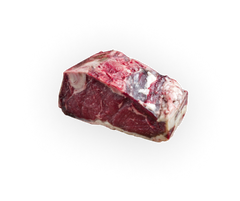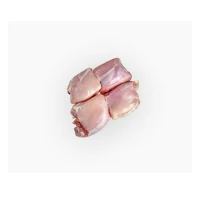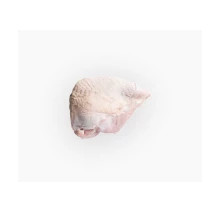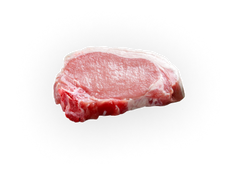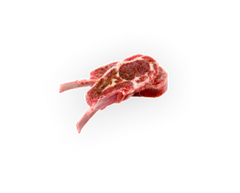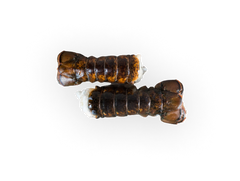Like with many things (wine, cheese… people), beef is better with age.
But what exactly is aging, why does it make beef taste better (because oh, it does!), and where can you buy aged beef online? (Spoiler alert: right here.)
How is beef aged?
Aging beef is far more complicated than just letting a steak sit on a counter, or even in the fridge, for a while. (Please do not try that at home. That would be very, very bad.)
Beef can either be wet-aged, or dry-aged.
What is wet aging?
Meat is vacuum sealed and stored in a highly temperature and humidity-controlled environment (aka not just any ole fridge). The meat essentially marinates in its own tasty juices. Over the course of the aging process – usually 28 days – the connective tissue in the muscle begins to break down, resulting in a more tender texture.
What is dry aging?
Dry-aged meat is hung in a specialized meat locker, kept at a highly precise temperature and humidity. The meat is exposed on all sides to constant airflow to slowly draw out moisture. What is left behind as the moisture is drawn out? Pure beefy flavour.
The airflow and microbes break down the meat even further, creating the unmistakeably intense flavour and buttery texture that dry-aged meat is known for.
How long should beef be aged for?
Which is better: wet or dry-aged meat?
Aged beef is better than non-aged beef, period. The rest comes down to taste preference. While both wet and dry-aging methods tenderize the meat, only dry-aging significantly intensifies the beefy flavour.
Why is aged meat better?
It tastes better.
It is more tender.
What more could you want?
Where can you get aged steak? (Can you buy aged beef online?)
Not to brag, but ALL our beef at Farm 2 Fork is aged.
We also offer a delicious selection of 28 and 40-day dry-aged beef.
Try the AAA 28-day aged tenderloins – they will change your life (or at least, your palette).
